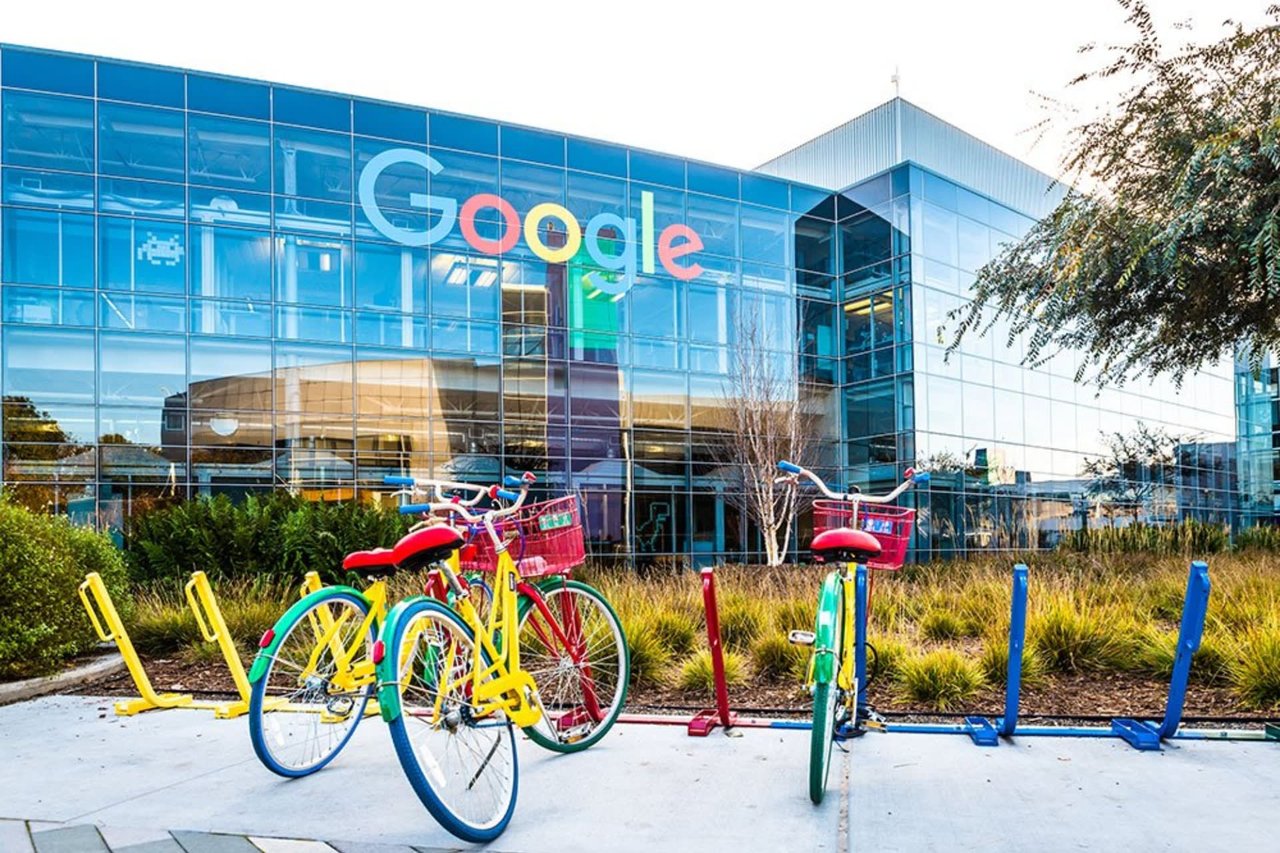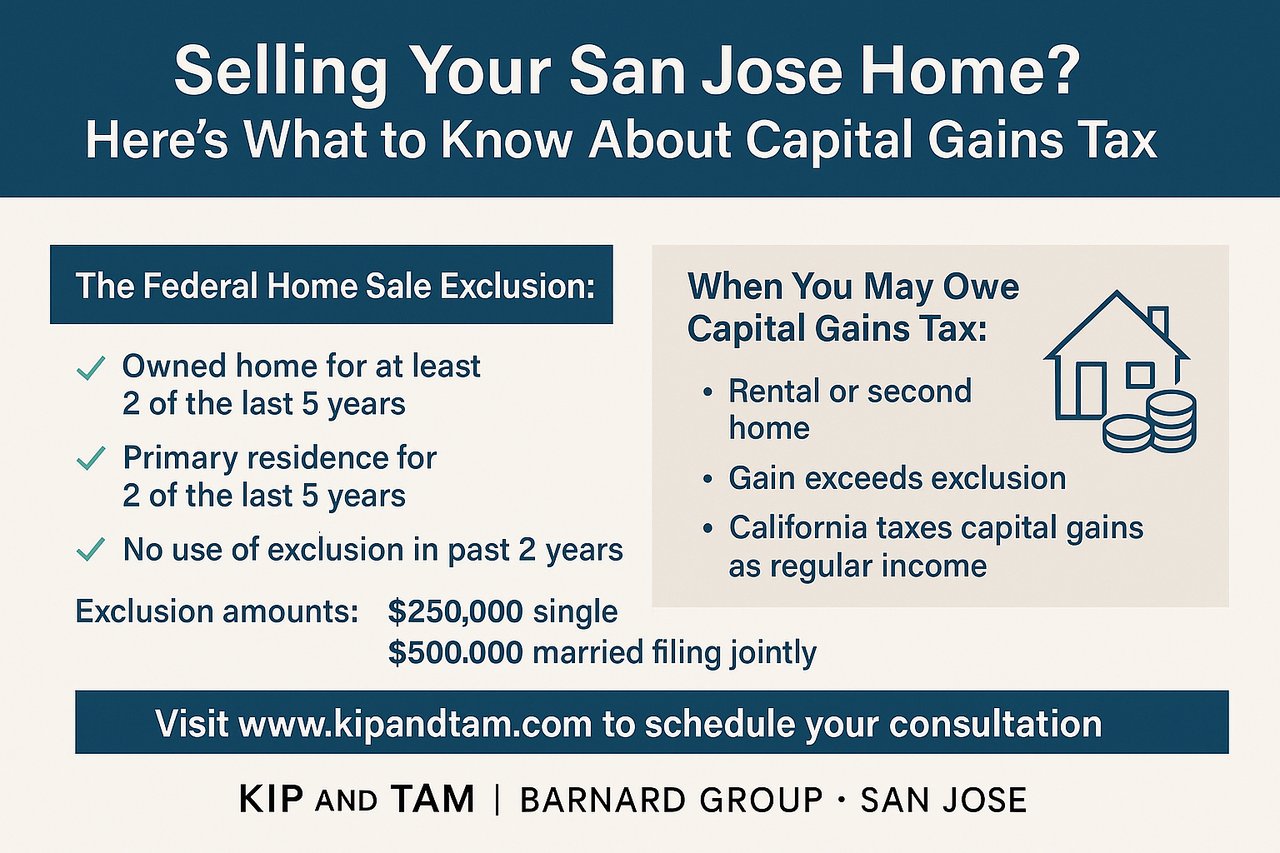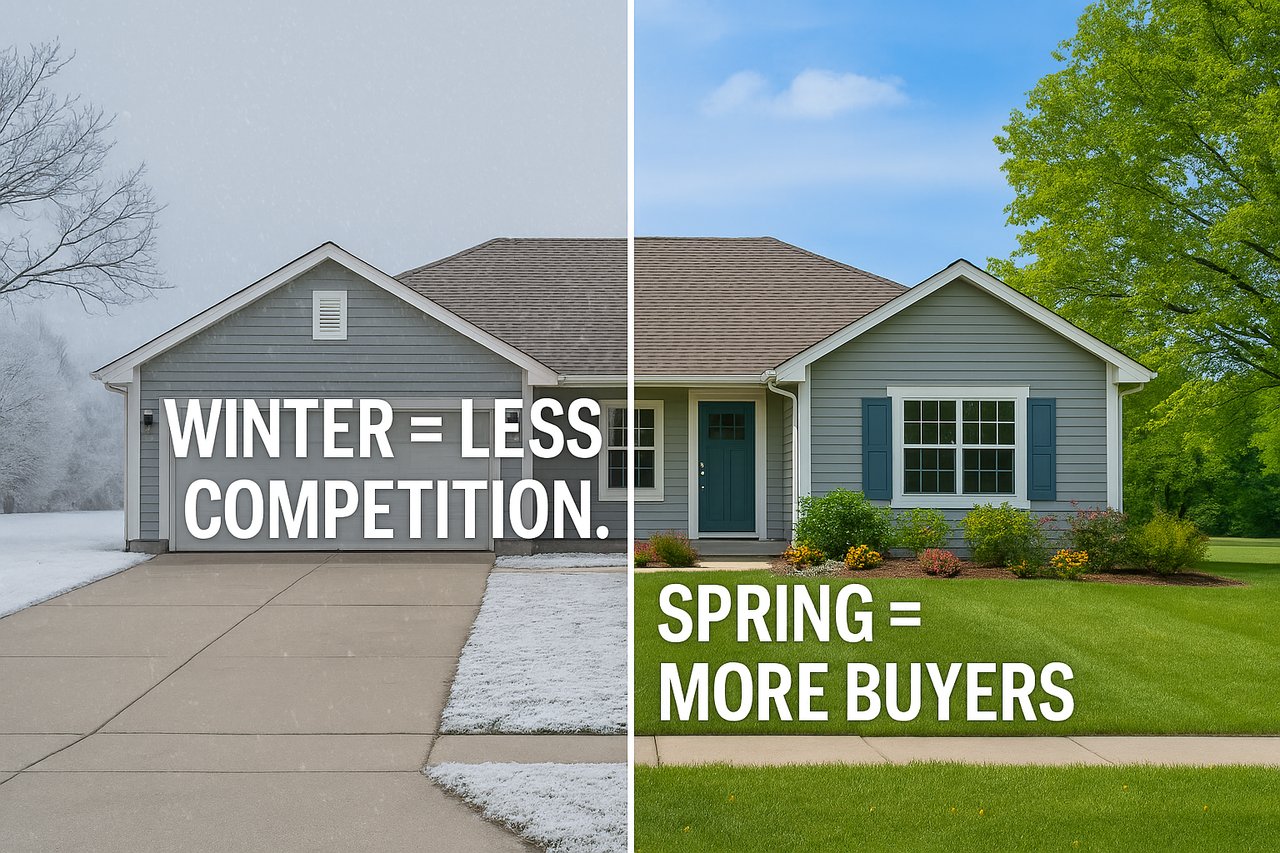Google is adding to their growing list of campuses with a brand-new mega-campus being built in San Jose, California. However, this campus will not just be a place for work, but rather it will serve as a community that will also be a fantastic place to live. Google is working closely with the city of San Jose to ensure that the downtown area will not only help the company but be a place that heightens and enhances the city as a whole. From their promises to be eco-friendly, include low-income housing, restore nature and create inclusivity, here is everything we know about the new campus at the moment.
It will be a mixed-use urban destination
The new campus is set to be built around the Diridon Station transit hub, just 10 miles away from another campus that the company is building in Mountain View. Once completed, Google’s 80 acres of land will have 7.3 million square feet of office space, 4,000 housing units, 15 acres of parks, plazas, and green space, and 500,000 square feet dedicated to retail, culture, arts, education, hotels, and more. The development director, Alexa Aren, says the site will act as a resilient neighborhood where Google employees can live and work.
The eastern edge of the property will be called The Gateway and will act as an immersive learning exchange that brings San Jose’s entrepreneurial and innovative spirit to life. It will have a flexible plaza perfect for temporary pop-up programming events that will bring together the adjacent neighborhoods and downtown.
The Creekside Walk is part of the social heart of the campus. It is located at San Jose’s transit gateway and emphasizes health, wellness, and environmental education.
The Meander will be the central social gathering place of the campus, and this is where all the shops, local food, and art and culture experiences will live. This will be for pedestrians only with no traffic roads running through to ensure the residents can enjoy their day exploring the area with no worries. There will also be a flexible lawn that will accommodate various workshops, classes, and events throughout the year. The place comes to life at night and offers plenty of activities, including restaurants and bars, film screenings, live performances, and more! Whether day or night, this is the perfect spot to stroll along with a date or just explore with friends and family.
Since Google has always been at the forefront of making sure their employees have everything they need while at work, it is not surprising that they are incorporating so many amenities into their campus plans. They hope their model will become the staple for other tech companies.
It is a collaborative process
The creation of Downtown West is the result of the city of San Jose, San Jose local residents, and Google all coming together. Each brings specific resources and insight to make a place that contributes physically, ecologically, and socially to the downtown area.
The city is in charge of setting Diridon Station area plan goals, negotiating community benefits, and approving framework designs. Google is in charge of creating the design framework the city will authorize, delivering on the community benefits and the overall building of the campus. The residents will offer critical feedback on all plans to help shape the city.
It will create affordable housing
Housing is the number one concern for San Jose residents when it comes to the Google project. Creating affordable housing will ensure that the full spectrum of San Jose’s workforce is represented within the community. This includes housing for tech workers as well as mixed-income community workers such as retail workers, social workers, nurses, teachers, and construction workers.
Google is putting their money where their mouth is and plans to set aside 25 percent of the downtown district's housing expressly for affordable housing. They are contributing land that will be sectioned into two income brackets. Fifteen percent of the housing will be made for low, very low, or extremely low-income residents, 5 percent will be for moderate-income residents, and the last 5 percent will be land Google donates outside of the Downtown West district to be used for housing.
Google has also invested over $20 million in affordable housing projects in San Jose since launching and pledged to invest $1 billion in total eventually. In addition to that, Google gave a $1 million grant to LifeMoves to help add 19 new beds in San Jose for homeless women and families, which could serve 60 to 90 people annually.
It will highlight local businesses and creators
The new downtown will be a space to further the diversity and creativity that San Jose offers. They are making sure to include spaces for nonprofits, creators, and businesses that reflect those values that are working to push San Jose into a brighter future. They hope to be able to close the information gap between the local and diverse vendors to create more opportunity and inclusion. Whether a business already has an established client base or is new and working to build one up, there will be opportunities for all to grow and thrive together.
Beyond having sanctioned buildings for these businesses, Google is also incorporating pop-up and incubation opportunities. Their ecosystem will hire local creators and nonprofits to teach classes, play music, and make art. The residents will be able to take part in these opportunities and get to experience new and beautiful things every day.
Google will also hold information sessions yearly to hear from local, damaged, and disadvantaged businesses interested in providing goods and services within their commercial space. Ten percent of their retail space will be dedicated to these businesses. They will also be working with vendors who provide building operation services to local, women, and minority contractors, subcontractors, suppliers, and consultants for ongoing services like maintenance, janitorial, landscaping, and security.
It will incorporate nature
Nature plays an integral role in our mental health and well-being, and Google is making sure to include plenty of it in their design. The area currently consists primarily of asphalt, but Google plans to change that by building parks, plazas, and open spaces. They are dedicating 20 percent of the land specifically toward these areas of nature, including 4.8 acres of land going to city parks and trails, 10.2 acres for open space, and 2.2 acres of restored and enhanced riparian habitat, designated as privately owned parks with public access.
The open spaces will be filled with free events that residents can enjoy throughout the year. These will include things like exercise classes, street festivals, and activities targeted toward kids and families. They will also work on restoring the natural creek that runs alongside the property.
In doing this, Google hopes to create well-maintained functional spaces, connect them to existing neighborhoods and design an open and accessible environment that doesn’t feel like a work campus.
It’s being designed with climate change in mind
The campus is being designed with an emphasis on the environment. Builders plan to include at least ten parks and several trails for their residents to use, and all the buildings will run off solar energy. There will also be ecological system viewing areas that will be designated to raise awareness of environmental issues.
Google plans to make the campus accessible through many forms of transportation to reduce driving, and the pollution cars bring. They aim to make 65 percent of the buildings reachable through bike or foot and encourage public transit or carpools. It will also connect with what will be the country’s largest transit station west of the Mississippi, so traveling outside of the facility will be accessible, easy, and sustainable.
It will take a while to build
Construction on the new campus could start as early as this year, but don’t expect to see the campus finished anytime soon. The building time projection is estimated between 10 to 20 years, and this time frame is understandable with the number of buildings and resources they plan to include. When the campus is done, you can be sure that it will be beautiful, functional, and an amazing place to live or visit.
If you want more information on the plans for the new San Jose campus, you can visit their
website.
Looking for San Jose real estate?










